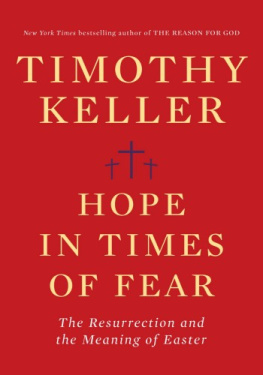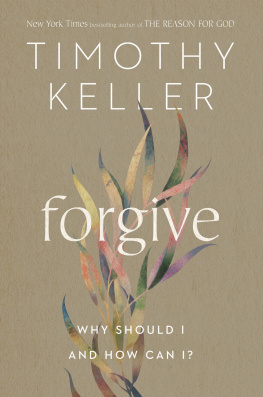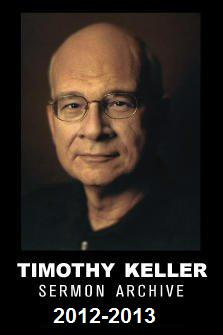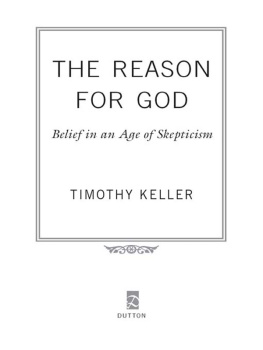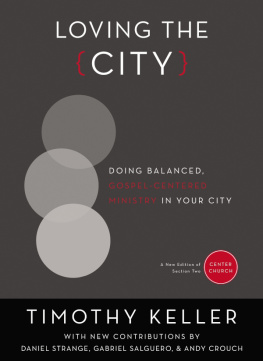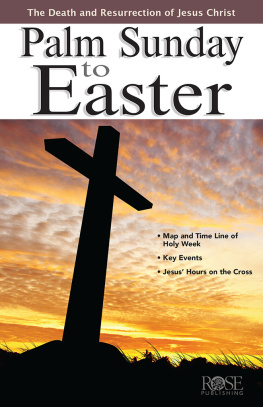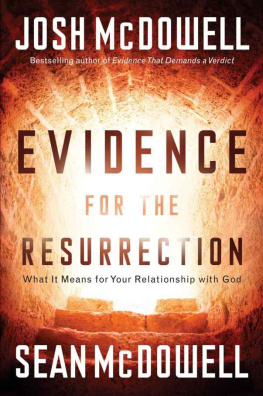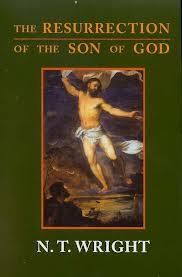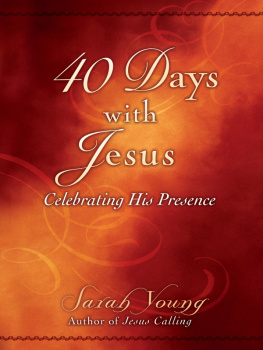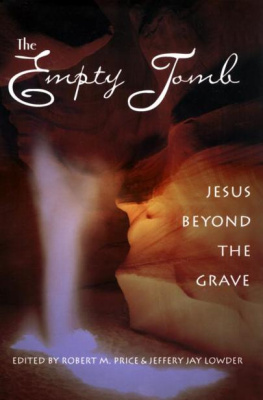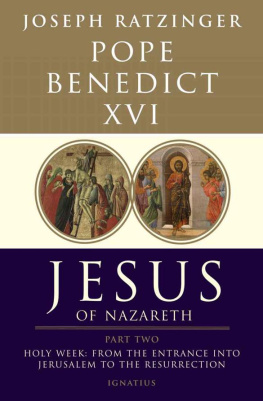Also by the Author
The Reason for God
The Prodigal God
Counterfeit Gods
Generous Justice
Jesus the King
The Meaning of Marriage
Center Church
Every Good Endeavor
Walking with God through Pain and Suffering
Encounters with Jesus
Prayer
Preaching
The Songs of Jesus
Making Sense of God
Hidden Christmas
Gods Wisdom for Navigating Life
The Prodigal Prophet
The Meaning of Marriage: A Couples Devotional
On Birth
On Death
On Marriage
VIKING
An imprint of Penguin Random House LLC
penguinrandomhouse.com
Copyright 2021 by Timothy Keller
Penguin supports copyright. Copyright fuels creativity, encourages diverse voices, promotes free speech, and creates a vibrant culture. Thank you for buying an authorized edition of this book and for complying with copyright laws by not reproducing, scanning, or distributing any part of it in any form without permission. You are supporting writers and allowing Penguin to continue to publish books for every reader.
Grateful acknowledgment is made for permission to reprint the following:
Seven Stanzas at Easter from Collected Poems, 19531993 by John Updike, copyright 1993 by John Updike. Used by permission of Alfred A. Knopf, an imprint of the Knopf Doubleday Publishing Group, a division of Penguin Random House LLC. All rights reserved.
Lyrics from Building Block by Noel Paul Stookey, copyright 1977 by Public Domain Foundation, Inc. and benefitting the nonprofit: musictolife.org. Used with permission.
All Scripture quotations, unless otherwise indicated, are taken from the Holy Bible, New International Version, NIV. Copyright 1973, 1978, 1984, 2011 by Biblica, Inc. Used by permission of Zondervan. All rights reserved worldwide. www.zondervan.com. The NIV and New International Version are trademarks registered in the United States Patent and Trademark Office by Biblica, Inc.
library of congress cataloging-in-publication data
Names: Keller, Timothy, 1950 author.
Title: Hope in times of fear : the resurrection and the meaning of Easter / Timothy Keller.
Description: New York : Viking, [2021] | Includes bibliographical references.
Identifiers: LCCN 2020040699 (print) | LCCN 2020040700 (ebook) | ISBN 9780525560791 (hardcover) | ISBN 9780525560807 (ebook)
Subjects: LCSH: Jesus ChristResurrection. | HopeReligious aspectsChristianity.
Classification: LCC BT482 .K445 2021 (print) | LCC BT482 (ebook) | DDC 232.9/7dc23
LC record available at https://lccn.loc.gov/2020040699
LC ebook record available at https://lccn.loc.gov/2020040700
Bible quotations in this volume are from the New International Version (NIV) unless otherwise specified. Some other translations are occasionally cited. They include: CEV (Contemporary English Version); ESV (English Standard Version); KJV (King James Version); RSV (Revised Standard Version); NASB (New American Standard Bible).
Cover design by Paul Buckley
pid_prh_5.6.1_c0_r0
To Ray and Gill Lane,
Christian friends for decades,
Faithful laborers in the Lords vineyard,
Whose supernatural gifts of hospitality have
Succored us for many years.
Contents
Preface

When I had thyroid cancer in 2002 I read an eight-hundred-page masterwork, The Resurrection of the Son of God by N. T. Wright. It was not only an enormous help to my theological understanding but, under the circumstances, also a bracing encouragement in the face of my own heightened sense of mortality. I was reminded and assured that death had been defeated in Jesus, and that death would also be defeated for me.
Now, nearly twenty years later, I am writing my own book on the resurrection of Jesus, and I find myself again facing a diagnosis of cancer. This time I have pancreatic cancer, and by all accounts, this condition is much more serious and the treatment a far bigger challenge.
I am also writing in the midst of the worst world pandemic in a century. Many people are living in fear of sickness and death. My apartment in New York faces some of the great hospitals of the city, and especially during the height of the virus, every window blazed all night and the wailing sirens and red flashing lights came at all hours. Hopes for an early solution to the virus and a quick turnaround have been dashed again and again.
But the pandemic has brought more problems than just sickness. There may be major disruptions for the worse in nearly every sector of our society that will last for years. We may be in for unemployment unknown since the Great Depression, the failure of innumerable businesses, the painful contraction of whole industries, massive tax shortfalls jeopardizing the lives of millions who rely on government services and retirement, and crises for both private and public education. And thats just the list that comes mind now when I am writing in the very earliest days of the crisis. There will inevitably be others that we cannot yet foresee. In any case, the most socially and economically vulnerable will pay a higher price. On top of everything else, the social isolation has brought despair and a sense of hopelessness to millions.
In the midst of skyrocketing deaths from the coronavirus, protests over a different kind of death erupted into the streets during the early summer of 2020 following the murder of George Floyd by police in Minneapolis. The demonstrations happened in over two thousand U.S. cities and around the world, drawing millions of people, making them the largest such social protests in our history, far larger than those during the civil rights movement of the 1960s under Dr. Martin Luther King, Jr.
Nearly all the current protests have been focused on the ongoing racism in our society at large. But being old enough to remember the civil rights movement protests firsthand, I have been struck by a contrast. Our recent protests and calls for social justice, as encouraging as they are in so many ways, have little of the same sense of hope that that the earlier movement had.
In Dr. Kings masterpiece, his I Have a Dream Speech, he says:
This is our hope, and this is the faith that I go back to the South with. With this faith, we will be able to hew out of the mountain of despair a stone of hope. With this faith, we will be able to transform the jangling discords of our nation into a beautiful symphony of brotherhood. With this faith, we will be able to work together, to pray together, to struggle together, to go to jail together, to stand up for freedom together, knowing that we will be free one day.
Kings reference to cutting a stone of hope out of a mountain of despair is a reference to Daniel 2:3435,45. The chapter was a divine vision of the future, given to the king of Babylon in a dream. In that vision the idolatrous kingdoms of this world are smashed by a small rock cut out of a mountain but not by human hands, which then grows into a mountain of justice and peace that fills the earth. Christian interpreters have understood the stone as the kingdom of God, a supernatural work (not by human hands), starting as quite a small thing, seemingly powerless, yet eventually toppling all proud regimes that perpetuate evil and oppression. Dr. King used the image with great rhetorical skill, but the image is more than rhetorical. The kingdom of heaven is like a mustard seed, Jesus says in Matthew 13:3132, Though it is the smallest of all seeds, yet when it grows, it... becomes a tree, so that the birds come and perch in its branches.

